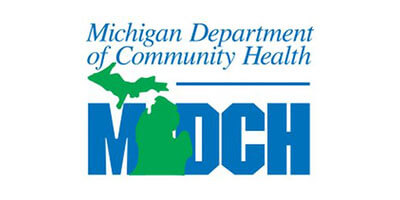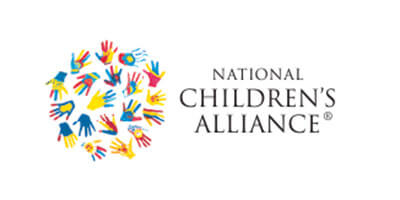A multi-disciplinary team is a group of different professionals that come from different disciplines and agencies, with each of them providing different services to the client. These professionals work together to coordinate services such as medical exams, forensic interviews, victim advocacy, counseling, and much more. The hope of providing these services in a coordinator and collaborative way is to provide support for the client and their family throughout every step of the criminal justice process and aid them on their path to healing.
First and foremost, it is important to create a successful Multidisciplinary Team (MDT). There are a few things in particular that can lead to a proactive team:
- Committed members who are supportive of each other
- An initial meeting where roles and expectations, as well as previous experience is discussed
- A mission statement that lays out it’s guiding principles
- Creating a team protocol that lays out responsibilities of the different members, as well as procedures to follow
There are many benefits in creating a proficient team. Some of the benefits include, but are not limited to:
- Less trauma to the child/client
- More appropriate interventions to help the child/client
- The efficient use of the agency’s limited resources
- Lower burn out rate of child abuse professionals
- Obtain more information, in a quicker amount of time
According to Darkness to Light, 1 out of every 10 children will experience sexual abuse before their 18th birthday. Moreover, 1 in 7 girls and 1 in 25 boys will be sexually abused before they turn 18. With that in mind, this year alone, there will be approximately 400,000 babies born in the United States that may become victims of child sexual abuse.
So what is the importance of a MDT in relation to children?
- It lowers the amount of trauma to the client because they only have to tell their story once versus re-telling it to each MDT member.
- Teamwork and shared ideas can lead to better treatments and interventions for the client
- Expedites some referral processes
- A larger support system
Resources:
https://www.ncjrs.gov/pdffiles1/ojjdp/170020.pdf
https://www.d2l.org/wp-content/uploads/2017/01/all_statistics_20150619.pdf








